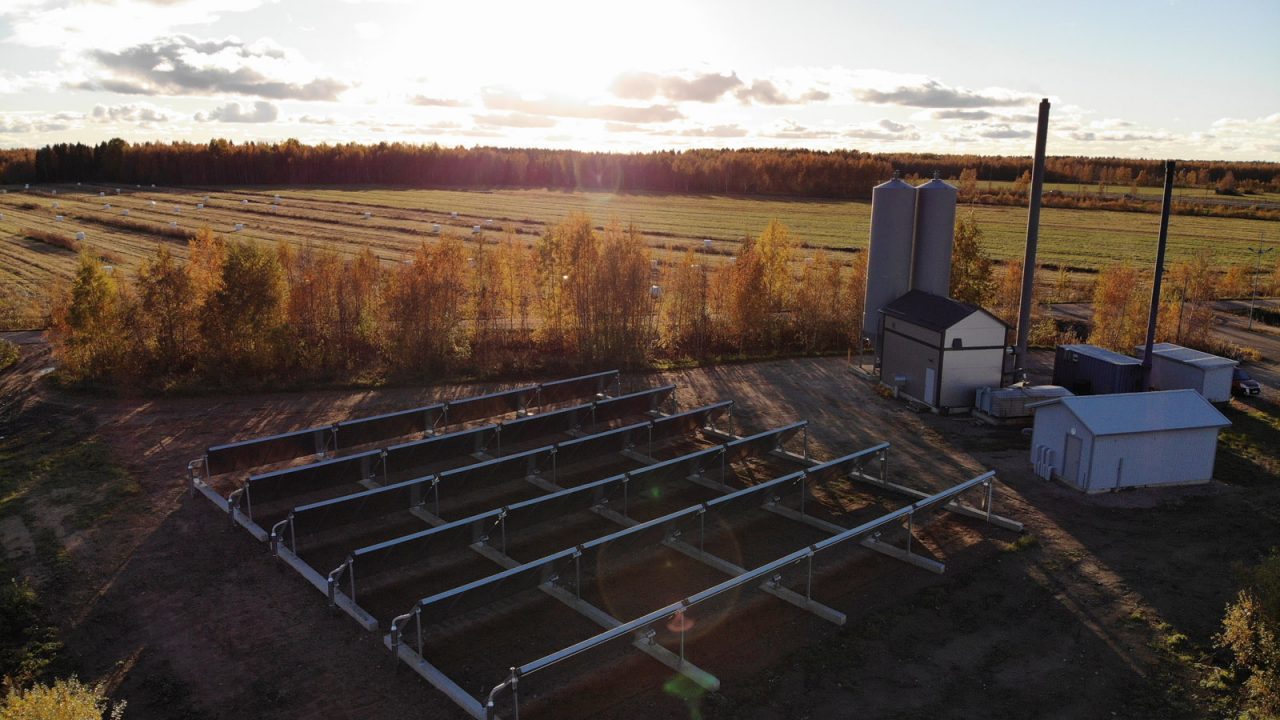
Savosolar delivered -once again- the largest solar thermal installation in Finland. This system is located way North in Tupos, Liminka - less than 200 km from the Arctic Circle.
The heating load of Tupos district heating is usually covered by wood pellets. Yet during summer time, the load is often so low, that the substantial wood pellet burner cannot be properly used and an oil burner got used, instead. The special challenge here has been to design a very efficient solar thermal system that could replace the oil consumption in summer to run the district heating network almost completely fossil-free.
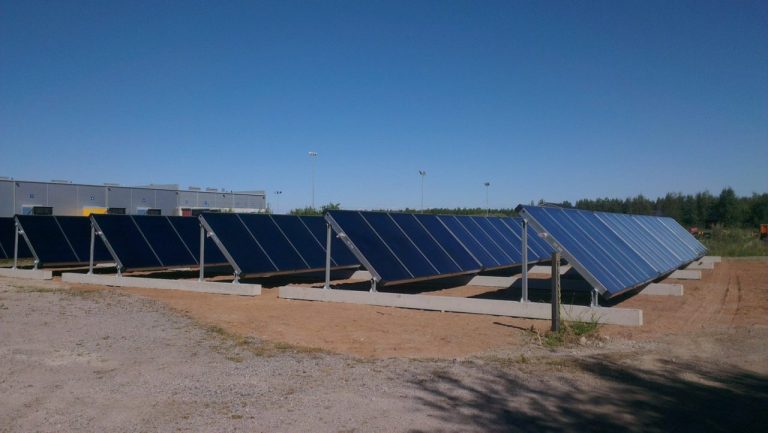
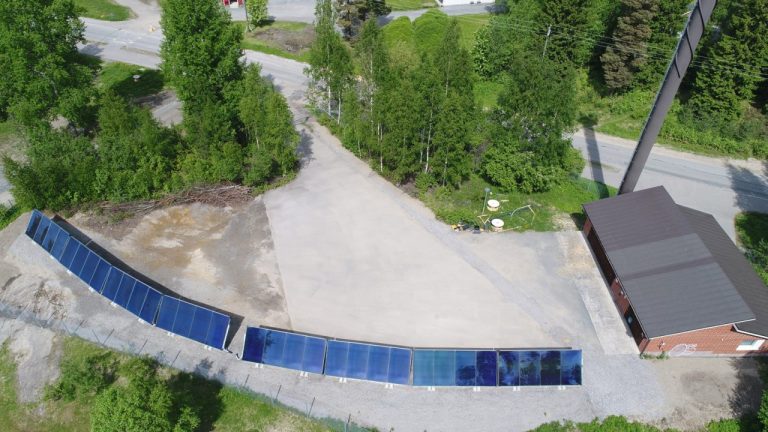
Mikkeli city, the home of Savosolar received the “Inspiring Solution Award” in 2018 Celsius City Summit for the Ristiina Village project. It is a green district heating energy concept with a clever combination of solar thermal and wood chips.
Savosolar was involved in this award winning project by delivering turn-key solar district heating installation to the Ristiina district heating plant.
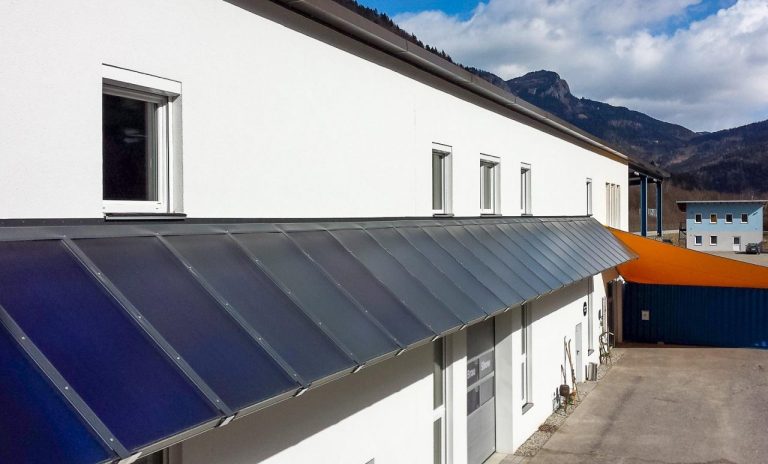
Brewing is a very suitable application for solar thermal systems, because of the relatively low temperatures used in several production phases.
In the brewery of Flecks in Frohnleiten, a solar thermal system with Savosolar collectors is used to support the hot water production required by the brewing process. The heat from the collectors is stored in four 3,000 litre water tanks for later use in the brewing process. The mounted collectors also act as a rain shield.
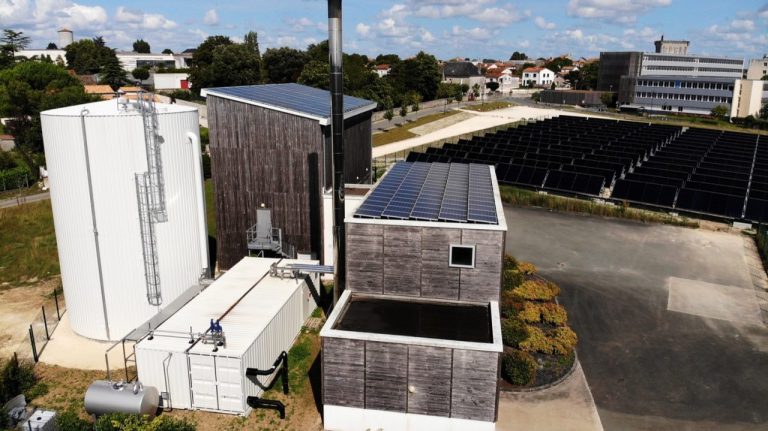
A new forerunner project on the large scale solar thermal market in which Savosolar has been involved: The first solar thermal field with double glasses collectors on trackers. This innovation has been done to optimize the annual solar production with a limited available area. This new solar thermal plant is a property of newHeat and will delivered heat the network of the city of Pons, which is managed by Dalkia.
Savosolar supply on this project consist in the complete solar field field as a turnkey solution, it means, the design, the supply and the installation of the solar collectors and its trackers, as well as the piping, until the solar station. It represents 112 Savo 15 DG-M collectors, which will reduce of 210 tons per year the CO2 emissions for the city’s heat needs.